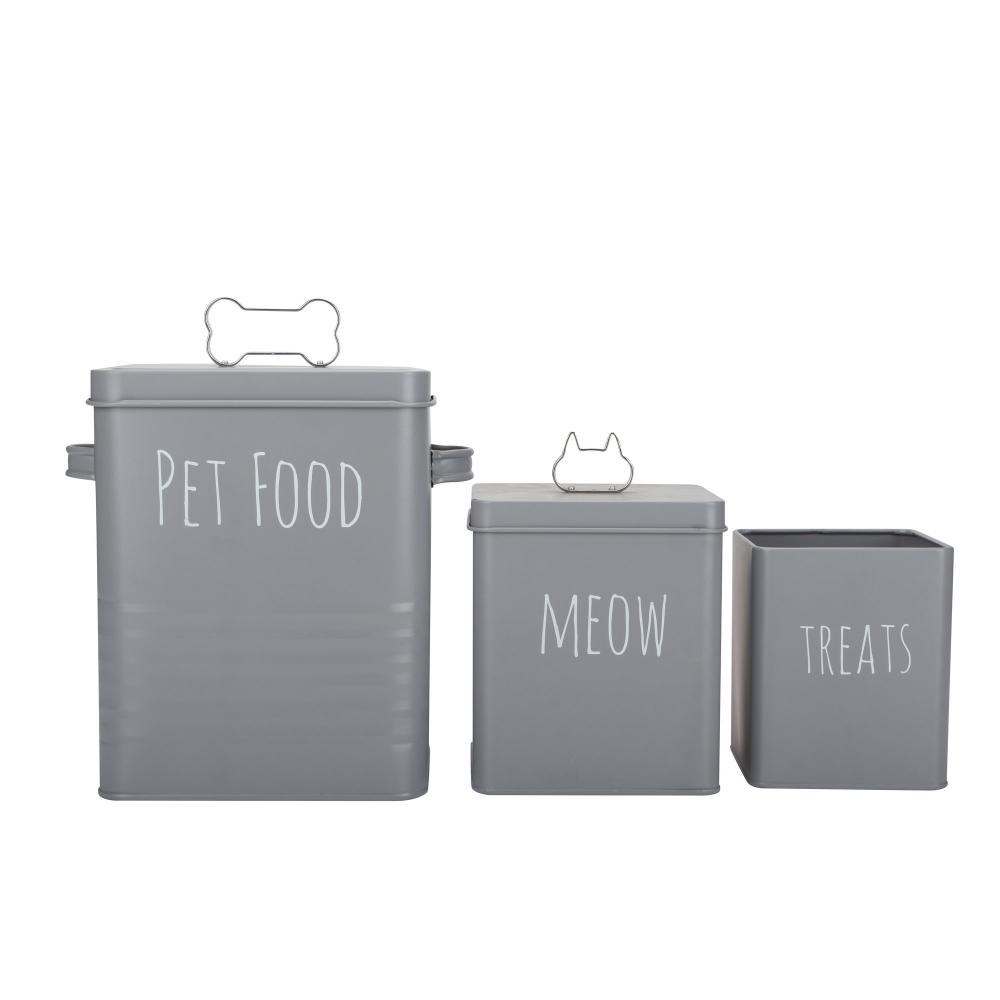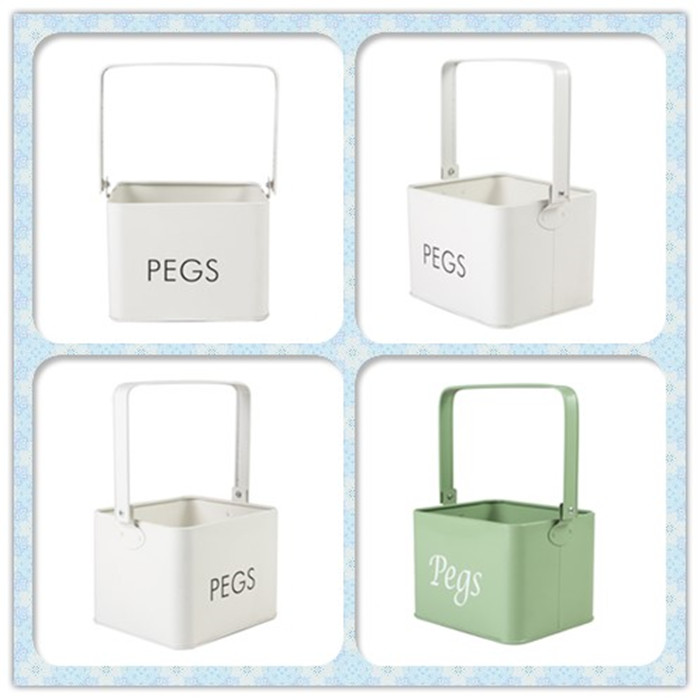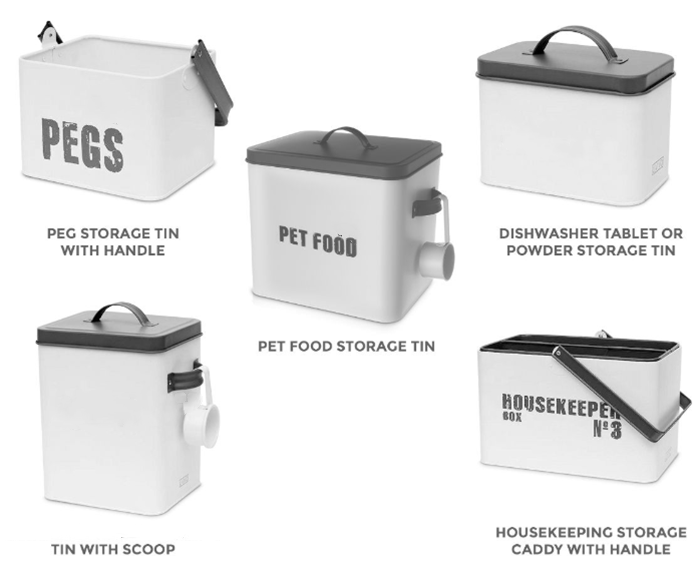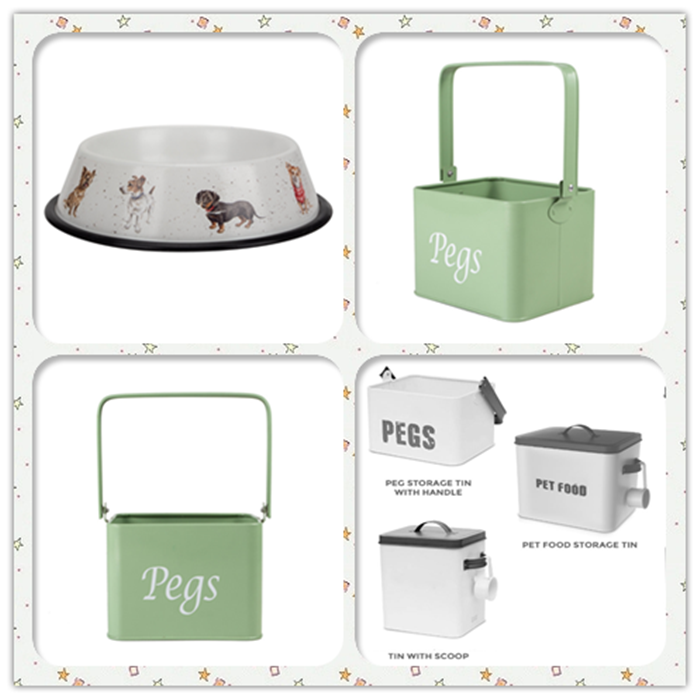[China Glass Network] Inter-enterprise competition can be roughly divided into two categories: price competition and non-price competition. Price competition is a kind of competition that allows customers to spend less money but lower prices by lowering prices. If the products, services and other aspects are almost the same, it is easy to fall into price competition, making the company become "no interest." As long as the price war in China's market has been reviewed in recent years, it will be clear at a glance. The price competition is used to evaluate the value of the price is the price that everyone knows, so the price decision is very important. Non-price competition, or value competition, is a competition that provides customers with products that are better, more distinctive, or better suited to their needs.
We're own factory for professionally producing Pet Accessories , such as Pet Accessories, Dog food container, cat food container, Pet Food Container, Pet Bowl , Pet food caddy etc.
Most of our Pet Accessories are made from galvanized steel and tinplate material.
We are factory in China, and we have a variety of sizes and shapes of the Pet Accessory Items, which can be suitable for different customers with different styles and regions.
We sell all kinds of China cheap price, high quality Pet Products, Pets Accessories , Dog food container, Cat food container, Pet food container , Pet Bowl,Pet food caddy etc.. to European and worldwide markets.
Pet Accessories China Pet Products, Pets Accessories, Dog food container, Cat food container, Pet food container, Pet Bowl,Pet food caddy Jiangmen Kimleyda Hardware Co., Ltd , https://www.kldmetalware.com
Non-price competition is beneficial to both customers and businesses. So how do companies do value marketing?
First, the four levels of value marketing:
In the process of big customer strategic marketing, value negotiation is a very important link. At this stage, we must grasp the full display of product value, service value, brand value and terminal segment value, centering on the focus of major customers, between the four. Achieve reasonable flexibility.
1. Product value: Mainly through product innovation, re-engineering product value and getting rid of price competition caused by product homogenization. The main methods are: using new technology to improve the quality, performance, packaging and appearance of the product.
The successful example is Changhong's excellent rear projection. In the 1990s, Changhong gave everyone the impression that it would fight “price wars†and set off several price cuts. It was the initiator of the loss of the whole industry. However, just after 2001, Changhong changed its image and the entire color TV market. The competitive situation, the launch of its high-end products with certain technical content and high added value - "Jing Xian Wang" rear-projection color TV, "Jing Xian Wang" rear-projection color TV sales increased by 100%, in 2002 exceeded 11 million units, This made Changhong become the second-best-selling big-time color TV king in the world.
2, service value: mainly through the service to increase the added value of products, to gain advantages in the competition of similar products, has won the trust of large customers.
A successful example is Haier. Since the formation of Haier brand, it has been adhering to the positioning of “service†and spreading the concept. It has made strict requirements on corporate behavior. No matter where it is, once the product arrives, the service will arrive, and even the product will not be serviced. First come, the insistence of more than ten years will make consumers think that Haier will keep up with the good service evaluation. The results are also visible, and Haier can maintain market share at a relatively high price.
3. Brand value: Effectively avoid product-centric price wars by shifting from product-centric marketing to brand-centric marketing. The brand is not only the brand of the enterprise, but also the brand of the consumer. The consumption often feels the added value of the product from the experience of the brand, thus diluting the price of the product from the sensibility.
The obvious examples are Pepsi and Poke, their products are not much different, but they have won a win-win situation in the market competition. Let's take a look at IBM's successful example. IBM has always advocated "owning experience" to counter Dell's low-cost offensive through brand power. Imagine a senior white-collar worker with a computer bag coming out of a luxury car, or a gentleman who is surfing the Internet on a golf course. What brand of computer are they more likely to use, IBM or Dell? This is exactly what IBM salespeople often talk about to customers. In the face of Dell's aggressive price offensive, IBM is distinguishing itself from other computers, especially Dell, by creating a brand "own experience."
4. Terminal value: The main emphasis is on differentiated terminal construction, which enhances the value of customer terminals through value-added purchase experience, thereby diluting the impact of price on customer purchases.
The successful example is Huangming Solar Water Heat. Due to the immaturity of the industry, Huang Ming, a brand of the solar energy industry, had to deal with the price shock from the brand. In order to surpass the price war, Huang Ming proposed the terminal image “5S†project and carried out the terminal construction of the 5S standard-specific store. 5S, namely Show, Sale, Service, Systemofinformation, Solarculture. A few major parts include: consumer misunderstanding education experience, family health hot water center experience, star product performance technology experience, personalized accessories value-added experience, brand culture shock experience, service experience and so on. Let customers recognize the difference between Huangming and the brand in the terminal experience, and surpass the price competition and endure the status of the industry leading brand.
Second, let the price sell value:
1. Bundled sales – large quantity favorably: When the sales volume reaches a certain level, it can adopt the method of bundled sales, which can achieve a win-win effect for customers and merchants. A more familiar example is the bundle of mobile phones and phone bills.
In recent years, bundled sales have become a common weapon for enterprises and have achieved very gratifying results. What is bundled sales? This is a form of symbiosis marketing, that is, two or a few related manufacturers that bundle the relevant product portfolios and sell them at a preferential price. So what are the advantages of bundled sales?
Bundling can reduce the cost of sales. Learning to gain learning effects, improve marketing efficiency, reduce sales costs, reduce sales costs by sharing sales teams, and reduce advertising costs by cooperating with companies that produce complementary products.
The improvement of the service level. By sharing sales teams and distribution channels with other companies, customers can more easily purchase and get better services to improve product differentiation and enhance customer loyalty.
Bundled sales can achieve mutual improvement of the brand image. Weak enterprises can enhance the corporate image and brand image by increasing the visibility and reputation of their products and brands in the hearts of consumers through joint bundling with strong companies. Strong companies can also complement the core strengths of other companies to make their products and services more perfect, customer satisfaction is further enhanced, and brand image is more optimized.
Enhance the company's ability to resist risks. Through the division of labor between enterprises, the advantages complement each other, form a large virtual organization, and improve the stability of the company's impact resistance. In the virtual organization mode, it becomes a powerful "aircraft carrier".
Can be closer to Pareto. The Italian economist Pareto believes that if the allocation of resources is no longer possible, without prejudice to any one person, the situation of any one person will be better than before, which means that the allocation of social resources has been achieved. Excellent state, that is, Pareto superior state. Since the bundled sales of complementary resources can make the joint parties better than before, the allocation of social resources has been further optimized, and it has approached Pareto's superior state.
2, industry barriers - irreplaceable: improve industry characteristics, set industry barriers. There are four more direct barriers: cost advantage, product differentiation, economies of scale, and unique resources.
When you have a cost advantage, you can have lower quotations and relatively larger profit margins, so that competitors can't compete with you in this more important aspect.
Product differences, such as: some accessories must be my business, can not be bought elsewhere, only my family supply, then I can take the initiative in the price, reduce the buyer's ability to counter-offer.
Economies of scale refers to the existence of economies of scale (or uneconomic) for a given product, if the average cost is reduced or increased for a certain product range. Grasping the unique resources in the hands, the unique resources have high potential economic value and will become a powerful weapon in price negotiations.
3, price cuts, low cost of sales - small profits but quick turnover: This strategy is a situation in which companies take the idea of ​​small profits but quick turnover, in order to have more market share. The other is the large-scale, powerful large companies in order to expand market share, or to exclude the tricks commonly used by small and medium competitors. They can reduce their profit margins to other competitors and can only opt out.
4, change the sales channel - make the channel shorter or direct sales: make the channel shorter, reduce the middlemen, that is, reduce the segmentation of profits in the sales process. Under certain conditions, direct sales have many advantages over direct sales. mainly include:
Timely sales, it simplifies the circulation process, shortens the circulation time; saves costs, due to the shortening of circulation time and the reduction of intermediate links, the corresponding savings in the amount of circulation funds reduces the consumption of human, material and financial resources in the circulation process. The loss of goods in the circulation process, thus saving the sales expenses; understanding the market, direct sales so that the two sides of the production and demand directly contact, which can enhance mutual understanding and collaboration; provide services, some products are technically strong, and have higher requirements for sales technical services, Direct sales enable users to obtain more direct services from production companies; control prices, increase profits, and direct sales enable production companies to have greater autonomy over product prices, and when the selling price is higher than the price sold to intermediaries, Companies can increase sales profits in this segment.
5, effectively exit the market - can not afford to play: When the price that the customer can give is lower than the lower limit that the merchant can afford, the merchant can choose not to do this in order to maintain the company's positioning and ensure that the interests are not lost. The project effectively exited the market.
6. Create new value for the product – the old look is new: the merchant can recommend a new product that meets its needs based on the price the customer can afford. This strategy is to increase the product's extension, innovate products, and let customers rethink the matching with their needs.
The conversion of price to value is a strategic change of a company, not a change of individual tactics. Therefore, innovation-based industry-planned solution-based marketing is a new trend. 



March 12, 2020